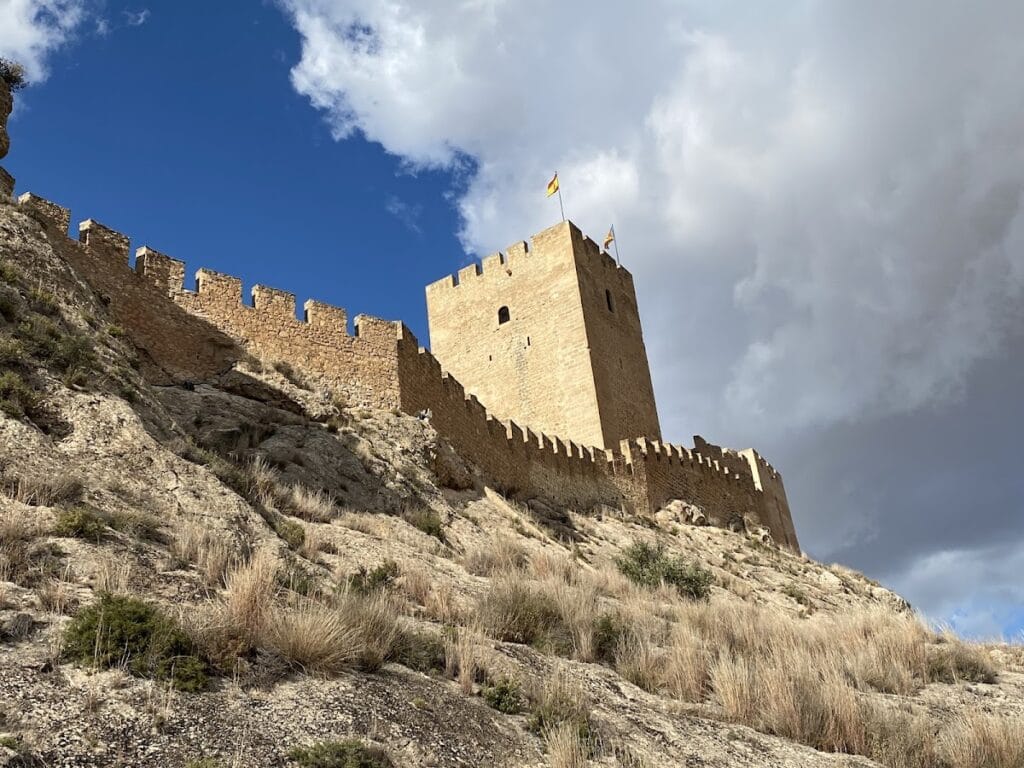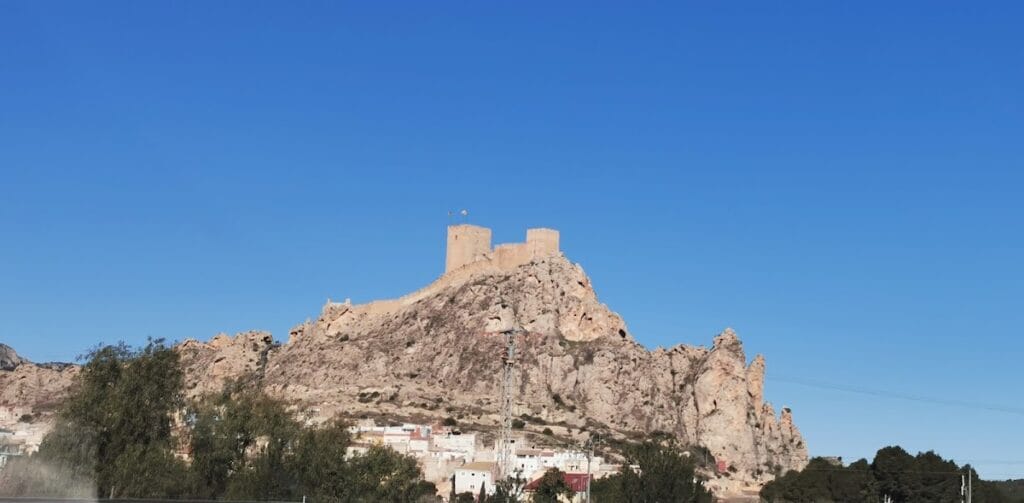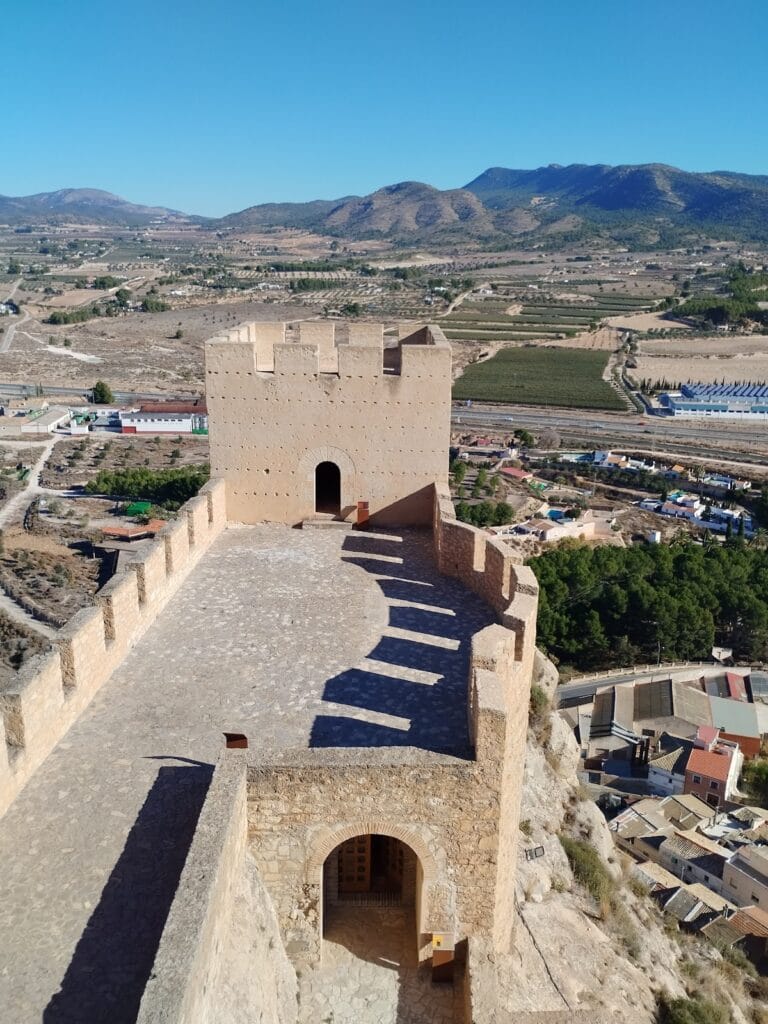Castillo de Sax: A Historic Fortress in Sax, Spain
Visitor Information
Google Rating: 4.3
Popularity: Low
Google Maps: View on Google Maps
Country: Spain
Civilization: Medieval European
Remains: Military
History
The Castillo de Sax is a fortress situated in the municipality of Sax, Spain. Its origins trace back to the Andalusian period when it was constructed by Muslim builders, likely during the rule of the Almohads in the 12th century, although the site bears earlier Iberian and Roman remains.
The castle’s foundations date from the 10th century, establishing it as a strategic stronghold in the Vinalopó valley. It functioned as part of a defensive line including the fortresses of Villena and Biar, providing control over the region during the Muslim era. In 1239, an unsuccessful siege was led by Ramón Folch, Viscount of Cardona. Later that same year, knights from the military Order of Calatrava, commanded by the leader of Alcañiz, seized the fortress.
Following its conquest, the castle was incorporated into Christian territories and subsequently passed to Alfonso X of Castile through territorial agreements. It became integrated within the Lordship of Villena, a feudal jurisdiction, until 1480 when the Catholic Monarchs absorbed it into the Crown’s direct control.
During the early 18th century conflict known as the War of Spanish Succession, the garrison at Castillo de Sax supported Philip of Anjou but retreated when Archduke Charles’s forces laid siege to it. Later royal appointments in the 18th century saw the Duke of Arcos named governor in 1764, followed by the Duke of Maqueda governing from 1782 onward. Since 1980, the castle has been under municipal ownership and has undergone restoration to preserve its structure.
Remains
The Castillo de Sax occupies the top of a narrow, elongated hill, which is naturally protected on its western side. Access is primarily from the northwestern approach. The fortress follows an irregular layout consisting of two main sections. An outer enclosure known as the barbican served to defend the approaches and bridges, while a larger inner enclosure enclosed the main living quarters and defensive facilities.
Two prominent square towers anchor the fortress at opposite ends of its stretched plan. The main tower, or keep, is rectangular and features walls reaching up to two meters in thickness. Constructed using finely cut ashlar stone blocks, it rises above a natural rocky cavity over fifteen meters high. Internally, it is divided into three floors connected by a staircase attached to the walls, covered with stepped pointed arches. Vaulted ceilings with pointed barrel vaults support the first and second floors, while arrow slits provide both the second and third floors with means to survey and defend against attackers. Historically, access to the keep was gained via a drawbridge that no longer survives. Adjacent to this structure is a sizable cistern known as an aljibe, designed for collecting and storing water.
The tower at the opposite end has a square plan with thick walls and consists of a single chamber covered by a barrel vault. Its foundations may originate from the Roman period, indicating an earlier phase of occupation at the site.
The walls linking these towers are topped with battlements formed by merlons, the upright sections used to shelter defenders. Defensive works on the hillside protect the main entrance, which leads through a bastion into the main courtyard, also called the plaza de armas. The castle’s construction relies primarily on stone masonry combined with ashlar blocks, with architectural features such as vaulted ceilings and pointed arches typical of its medieval Muslim builders.
Later adaptations have included the addition of stairs on the rugged side of the hill, facilitating modern access without altering the historical structures. The fortress today stands fully restored and in very good condition, bearing layered evidence of its historical phases from antiquity through the medieval era and into the early modern period.










